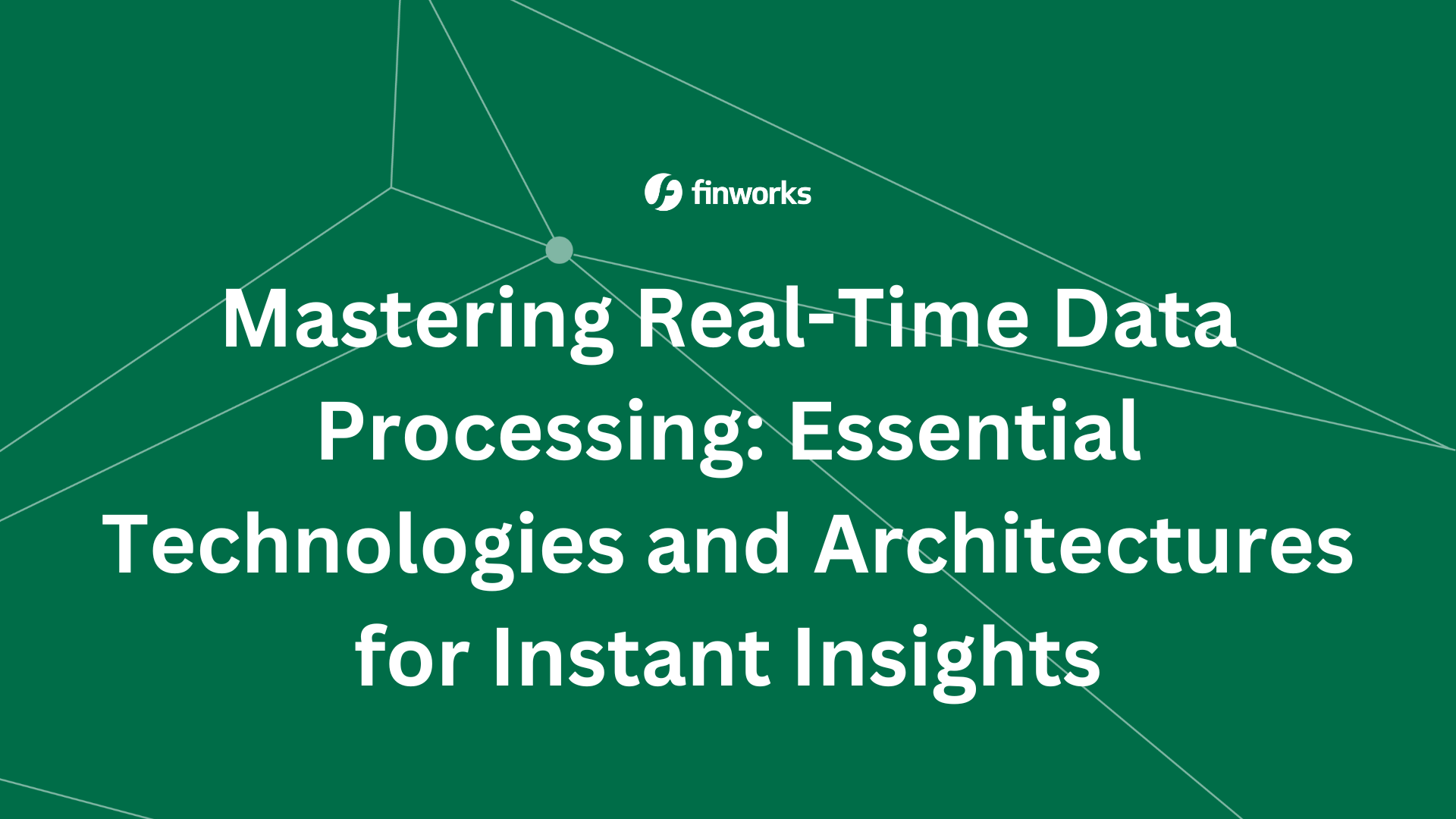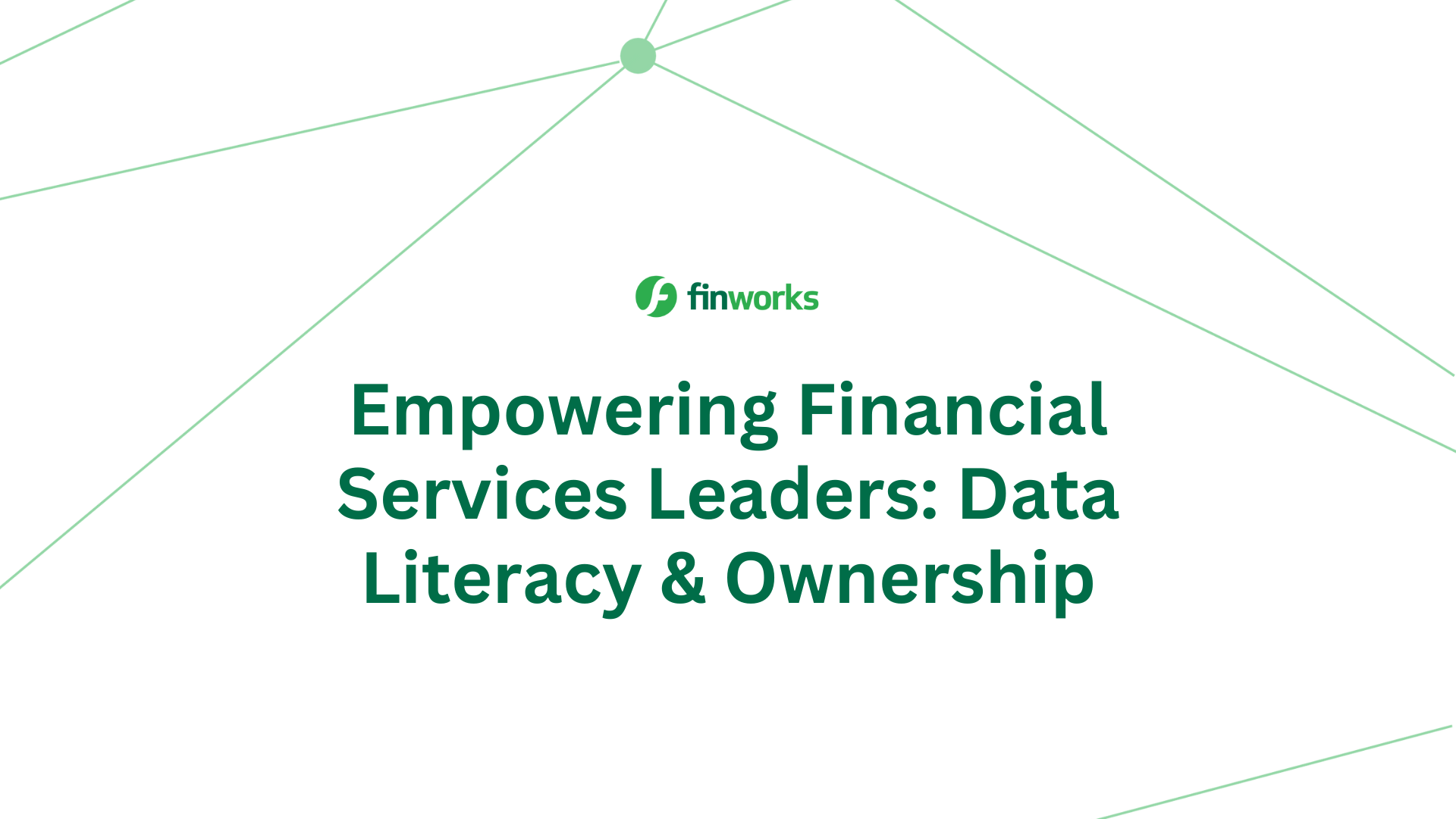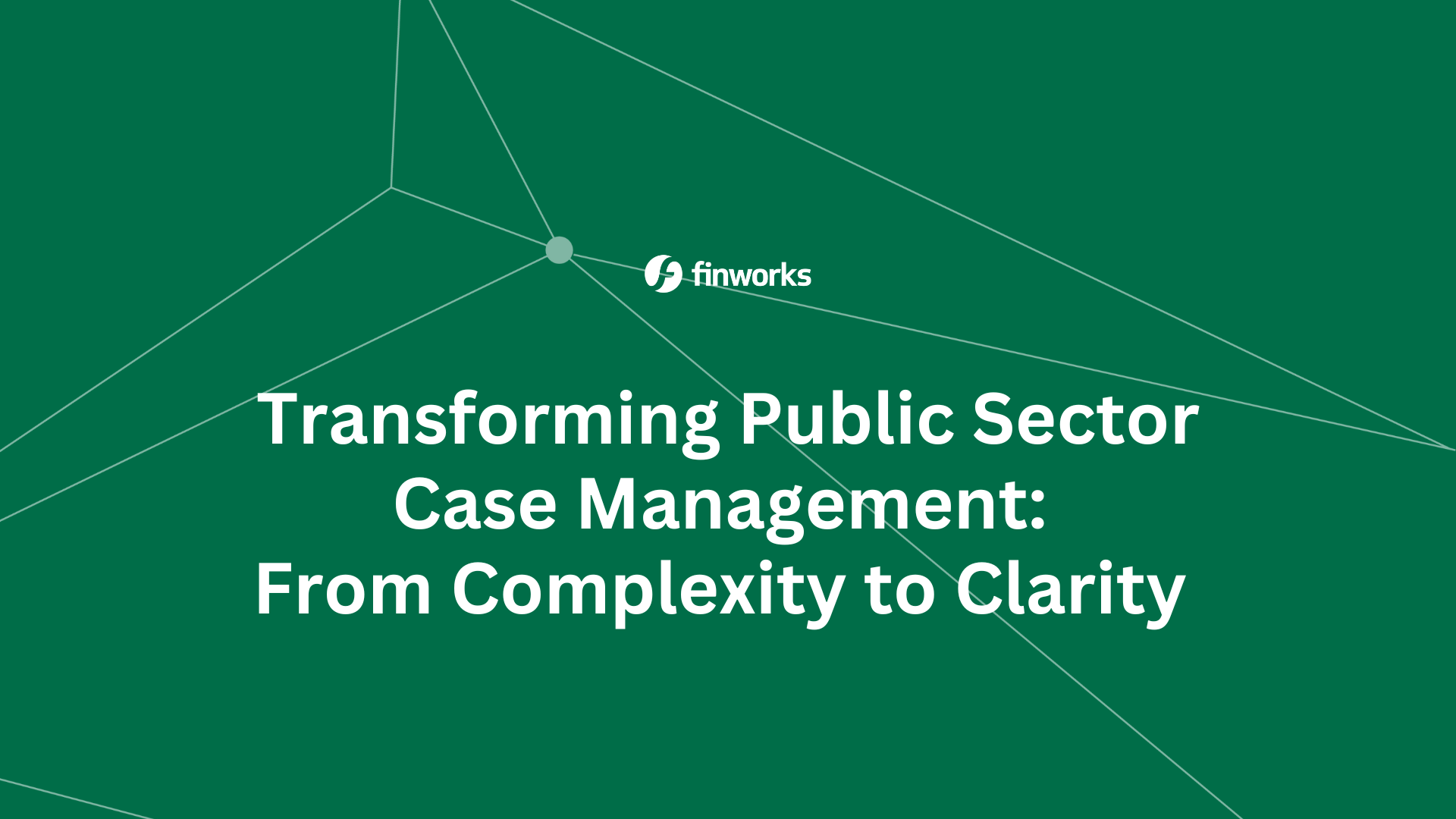Unlocking the Power of Real-Time Data Processing: Key Technologies and Architectures
In a world where connections matter, real-time data processing is a necessity. Whether it's predicting customer behaviour, monitoring financial transactions, or managing IoT devices, organisations must process and act on data as it arrives. In this blog, we’ll explore the critical components of real-time data processing, focusing on streaming data platforms and event-driven architectures. We'll delve into how cloud-based services are enabling real-time insights and how event-driven architectures are transforming industries.
The Importance of Real-Time Data Processing
The ability to process data in real-time offers a significant competitive edge. Real-time data processing enables organisations to make instant decisions, enhance customer experiences, and optimise operations. These capabilities are made possible through real-time data processing, which has become crucial in sectors like finance, retail, and IoT.
An important advantage is in operational efficiency. Monitoring systems in real-time can optimise resource usage, detect anomalies, and streamline processes.
Streaming Data Platforms: The Backbone of Real-Time Insights
What Are Streaming Data Platforms?
Streaming data platforms are the foundation of real-time data processing. Unlike traditional batch processing, which deals with data in chunks at intervals, streaming platforms handle continuous data flows, allowing organisations to process information the moment it is generated. This capability is essential for industries that require immediate insights and actions.
At their core, streaming data platforms facilitate:
- Ingestion: Capturing data from various sources as it's produced.
- Processing: Applying computations, transformations, or analytics on the fly.
- Storage: Temporarily or permanently storing data streams for future access.
- Delivery: Routing processed data to downstream systems or applications.
How Streaming Data Platforms Drive Business Value
Streaming data platforms enable organisations to gain immediate insights, allowing them to respond to changing conditions instantly. Whether it's identifying emerging trends, optimising supply chains, or personalising customer interactions, the ability to process data as it arrives is a game-changer. Additionally, these platforms offer scalability, ensuring that as data volumes grow, organisations can continue to process information without compromising on speed or performance.
Event-Driven Architectures: Reacting to Data in Real-Time
What Is Event-Driven Architecture (EDA)?
Event-Driven Architecture (EDA) is a design paradigm where systems respond to events—changes in state, conditions, or inputs—in real-time. Unlike traditional request-driven architectures, where processes are triggered by user actions, EDA systems react automatically to events, enabling faster and more efficient processing.
Key Components of Event-Driven Architectures
Event Producers and Consumers:
In EDA, event producers are entities that generate events, while consumers are services or systems that respond to these events. For example, in a retail setting, a customer making a purchase is an event producer, while an inventory management system that updates stock levels in response is an event consumer.
Event Brokers:
Event brokers like Apache Kafka or RabbitMQ play a crucial role in event-driven architectures by facilitating the transmission of events between producers and consumers. These brokers decouple producers from consumers, allowing for scalable and flexible systems. This decoupling means that multiple consumers can process the same event independently, enabling more complex and responsive systems.
Event Processing Engines:
Event processing engines analyse, filter, and act on incoming events in real-time. For instance, in financial services, complex event processing (CEP) engines can detect patterns that indicate fraudulent activity, triggering immediate alerts or actions. These engines are vital for applications that require instant decision-making based on streaming data.
Industries Leveraging Event-Driven Architectures
Finance:
The finance sector relies heavily on event-driven architectures for real-time fraud detection, statistics, trading systems, and risk management. For example, when stock prices fluctuate, trading systems can automatically execute buy or sell orders based on predefined rules, all within milliseconds.
Retail:
In retail, EDA enables personalised customer experiences, dynamic pricing, and efficient inventory management. For example, when a customer adds an item to their cart, the system can trigger personalised recommendations or apply discounts based on their shopping behaviour.
IoT:
IoT applications, such as smart homes, connected vehicles, and industrial automation, are inherently event driven. Devices continuously generate data events, which are processed in real-time to trigger actions—like adjusting a thermostat, alerting users to maintenance needs, or optimising manufacturing processes.
The Synergy Between Streaming Data Platforms and Event-Driven Architectures
Streaming data platforms and event-driven architectures complement each other perfectly in the realm of real-time data processing. Streaming platforms provide the infrastructure to handle and process continuous data flows, while event-driven architectures offer the framework to react to this data instantly. For example, in an e-commerce setting, Apache Kafka might stream transaction data, while an event-driven system triggers personalised marketing emails or updates inventory in real-time.
By combining the continuous data flow capabilities of streaming platforms with the reactive nature of EDAs, businesses can build applications that are:
- Responsive: Immediate reaction to events ensures timely actions.
- Scalable: Both architectures support horizontal scaling to handle increasing loads.
- Resilient: Decoupled components mean failures in one part don't cascade.
- Flexible: Adding or modifying services becomes simpler due to loose coupling.
This synergy is transforming how businesses operate, allowing them to deliver more timely and relevant services to their customers.
Challenges and Considerations in Real-Time Data Processing
While real-time data processing offers immense benefits, it also presents several challenges:
- Data Volume and Velocity: Handling large volumes of data with low latency is a significant challenge. Organisations must ensure their infrastructure can scale to meet these demands without sacrificing performance.
- Complexity and Integration: Integrating real-time processing into existing systems can be complex, requiring careful planning and robust architectures.
- Data Quality and Consistency: In a real-time environment, maintaining data quality and consistency is crucial. Errors in real-time data can lead to incorrect decisions, making data governance and validation critical.
- Security: Real-time data often includes sensitive information. This can be overcome by implementing robust security protocols, encrypting data in transit and at rest, and ensuring compliance with relevant regulations.
Conclusion
Real-time data processing stands at the forefront of technological advancement, offering unparalleled opportunities to innovate and excel. Real-time data processing is revolutionising how organisations operate, offering unprecedented speed, agility, and insights. Streaming data platforms, combined with event-driven architectures, are at the forefront of this transformation. By processing data as it arrives and reacting instantly to events, organisations can unlock new opportunities and stay ahead in an increasingly competitive landscape. While challenges exist, strategic planning, the right technological choices, and a focus on scalability and security can pave the way for successful real-time data processing implementations.
How is your organisation leveraging real-time data processing? We don’t have salespeople, if you're interested in diving deeper into this topic, please contact us and you can talk with a data management specialist.




